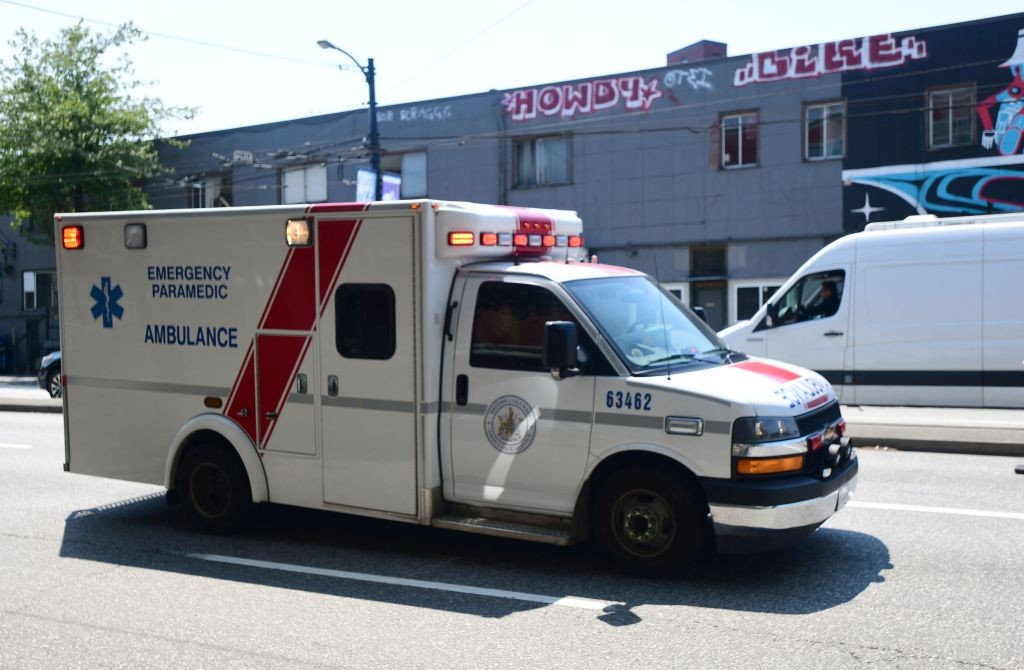5 things: Millions of people are under extreme heat alert in the US 2:22
(CNN Spanish) --
As temperatures rise in the United States, so do alerts about heat-related illnesses, which claim the lives of more than 600 people a year in the country.
A recurring question in this context is: what is the difference between heat exhaustion and heat stroke?
Heat-related illnesses, as explained by the Centers for Disease Control and Prevention (CDC), happen when your body isn't able to cool itself the way it should. needs, which it normally does through sweat.
These conditions can appear when you are exposed to high temperatures - and especially if combined with high humidity, as explained by the Mayo Clinic - and other factors such as physical activity also influence their severity.
Heat exhaustion and heat stroke are two of several conditions that you or someone around you can suffer from.
Here we explain how they differ.
The symptoms
Both conditions share some symptoms such as dizziness, nausea, headaches and fainting.
However, other symptoms can help you differentiate which case you are dealing with: Heat stroke is characterized by a high body temperature, 39.4 degrees Celsius and above, according to the CDC, by a rapid and strong pulse, and by hot skin , red, dry or wet.
advertising
In the case of exhaustion, meanwhile, what you'll see is profuse sweating, cool, pale, clammy skin, a rapid but weak pulse, and vomiting.
There may also be muscle cramps.
The gravity
Heat stroke is the "most serious" heat-related illness, according to the Cleveland Clinic, as your body temperature quickly rises to dangerous levels and you may stop sweating.
At that point, "the body's mechanisms for dealing with the body are overwhelmed," explains Dr. Waters, so if left untreated it can be fatal.
Heat exhaustion is more serious than rashes or cramps, but less so than stroke: in fact, it can progress to heat stroke if not treated properly, according to the clinic.
The treatment
In the face of heat stroke, you should call 911 immediately, the CDC says, since it is a medical emergency.
Move the person suffering from it to a cooler place, if you can, and help lower their body temperature with a cold bath or cold clothes, for example.
The agency does not recommend giving the person any beverages.
In the case of heat exhaustion, meanwhile, you should seek medical help quickly if the person is vomiting, symptoms last more than an hour, or worsen.
What you should do is move her to a colder place, apply the same techniques as in the case of the blow to help lower the temperature (you can also apply cold cloths), loosen her clothes and give her water to sip.
Causes to be aware of in heat illnesses
A person's "core temperature" results from the heat of one's own body combined with that of the environment, according to the Mayo Clinic.
To maintain a healthy core temperature, the body has to "regulate heat gain."
In hot climates, the body can cool itself through sweat, but in very high temperatures and humidity, or if you exert yourself excessively, sometimes you cannot cool the body efficiently.
Heat exhaustion, which can lead to a stroke, is influenced by other causes such as dehydration, alcohol consumption and when you wear excessive clothing that does not allow sweat to evaporate easily.

